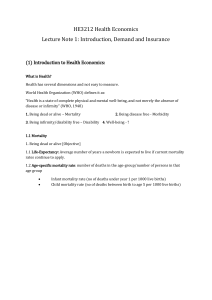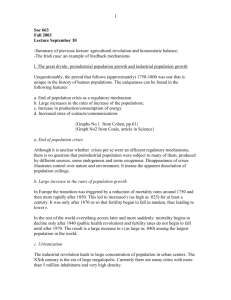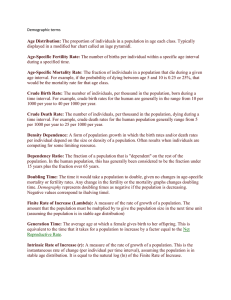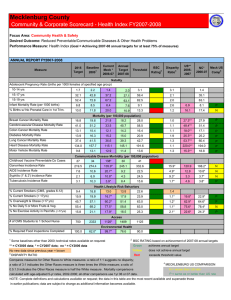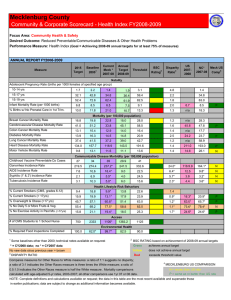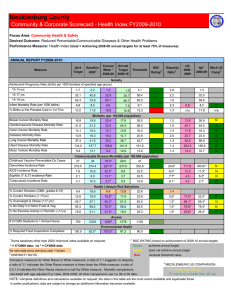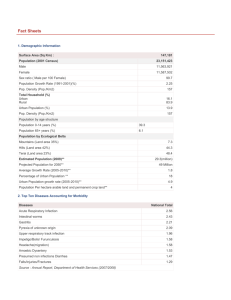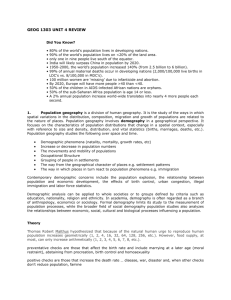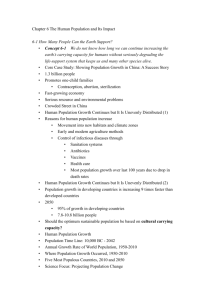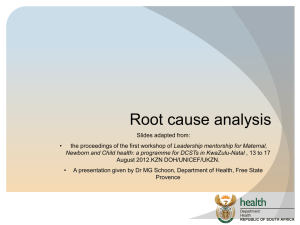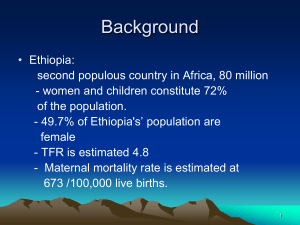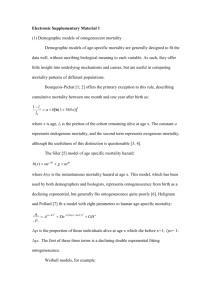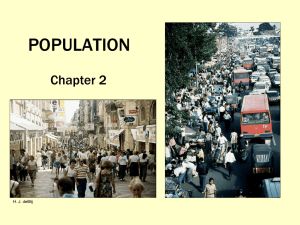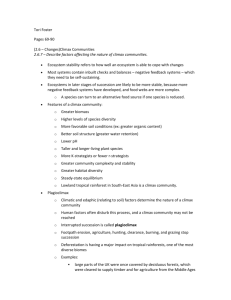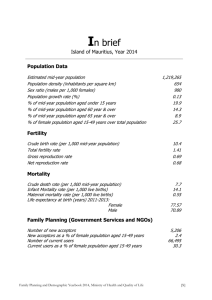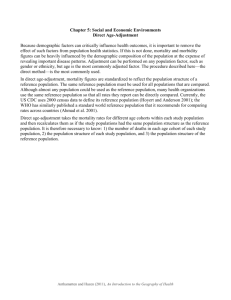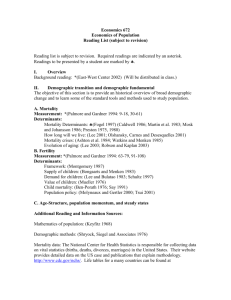Technical Notes
advertisement
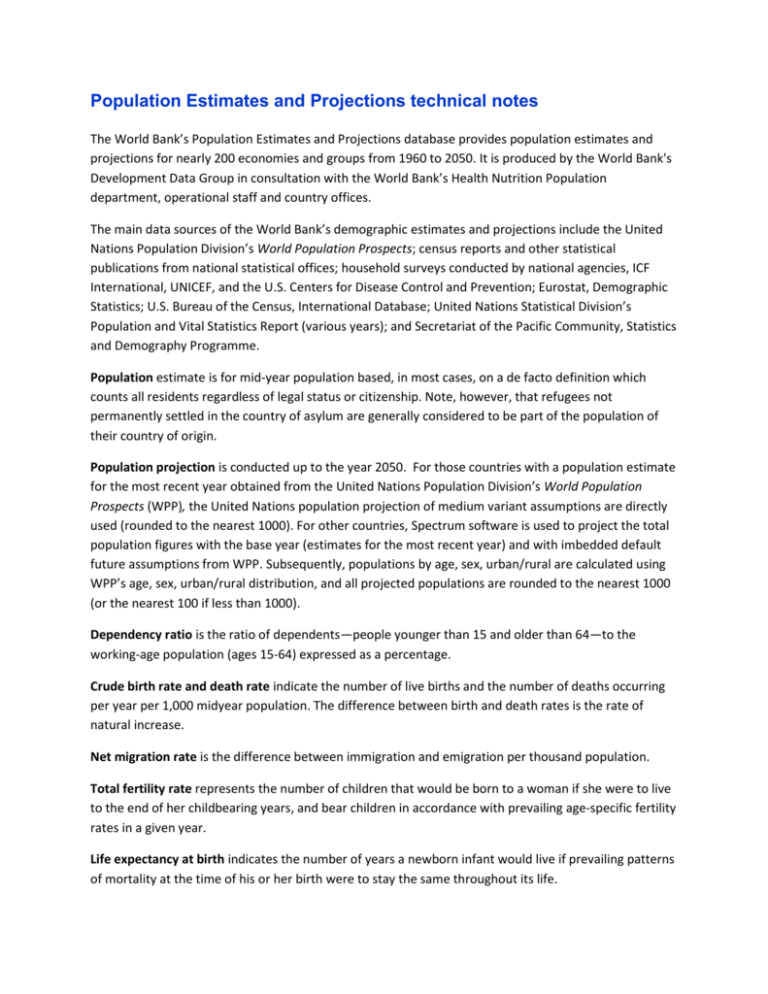
Population Estimates and Projections technical notes The World Bank’s Population Estimates and Projections database provides population estimates and projections for nearly 200 economies and groups from 1960 to 2050. It is produced by the World Bank's Development Data Group in consultation with the World Bank’s Health Nutrition Population department, operational staff and country offices. The main data sources of the World Bank’s demographic estimates and projections include the United Nations Population Division’s World Population Prospects; census reports and other statistical publications from national statistical offices; household surveys conducted by national agencies, ICF International, UNICEF, and the U.S. Centers for Disease Control and Prevention; Eurostat, Demographic Statistics; U.S. Bureau of the Census, International Database; United Nations Statistical Division’s Population and Vital Statistics Report (various years); and Secretariat of the Pacific Community, Statistics and Demography Programme. Population estimate is for mid-year population based, in most cases, on a de facto definition which counts all residents regardless of legal status or citizenship. Note, however, that refugees not permanently settled in the country of asylum are generally considered to be part of the population of their country of origin. Population projection is conducted up to the year 2050. For those countries with a population estimate for the most recent year obtained from the United Nations Population Division’s World Population Prospects (WPP), the United Nations population projection of medium variant assumptions are directly used (rounded to the nearest 1000). For other countries, Spectrum software is used to project the total population figures with the base year (estimates for the most recent year) and with imbedded default future assumptions from WPP. Subsequently, populations by age, sex, urban/rural are calculated using WPP’s age, sex, urban/rural distribution, and all projected populations are rounded to the nearest 1000 (or the nearest 100 if less than 1000). Dependency ratio is the ratio of dependents—people younger than 15 and older than 64—to the working-age population (ages 15-64) expressed as a percentage. Crude birth rate and death rate indicate the number of live births and the number of deaths occurring per year per 1,000 midyear population. The difference between birth and death rates is the rate of natural increase. Net migration rate is the difference between immigration and emigration per thousand population. Total fertility rate represents the number of children that would be born to a woman if she were to live to the end of her childbearing years, and bear children in accordance with prevailing age-specific fertility rates in a given year. Life expectancy at birth indicates the number of years a newborn infant would live if prevailing patterns of mortality at the time of his or her birth were to stay the same throughout its life. Life expectancy at age 15 indicates the number of years a 15 year-old would live if prevailing patterns of mortality in a given year were to stay the same throughout his or her life. Infant mortality is the number of infants dying before reaching one year of age, per 1,000 live births in a given year. Under-5 mortality is the probability that a newborn baby will die before reaching age five, if subject to age-specific mortality rates in a given year. The probability is expressed as a rate per 1,000 live births.

